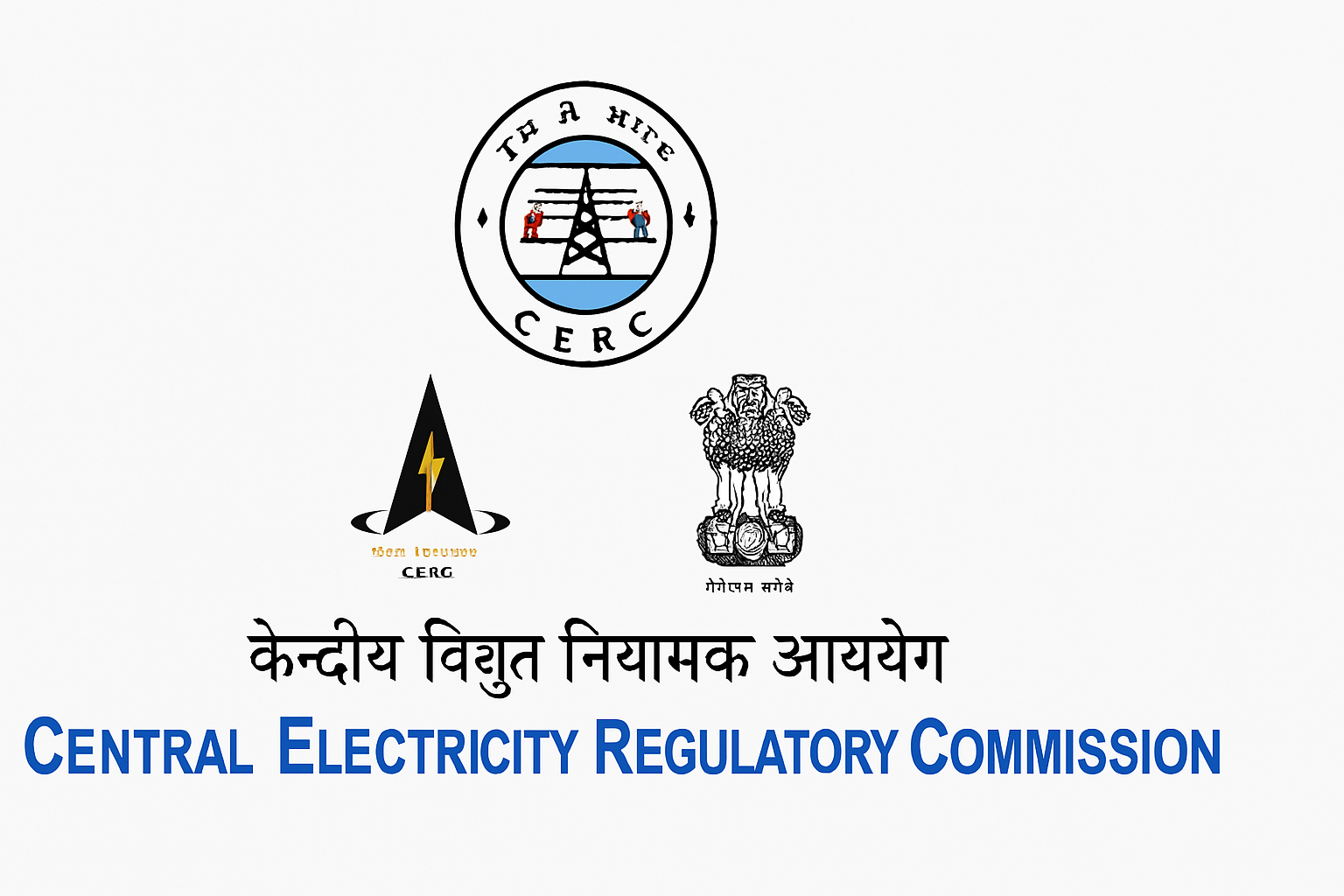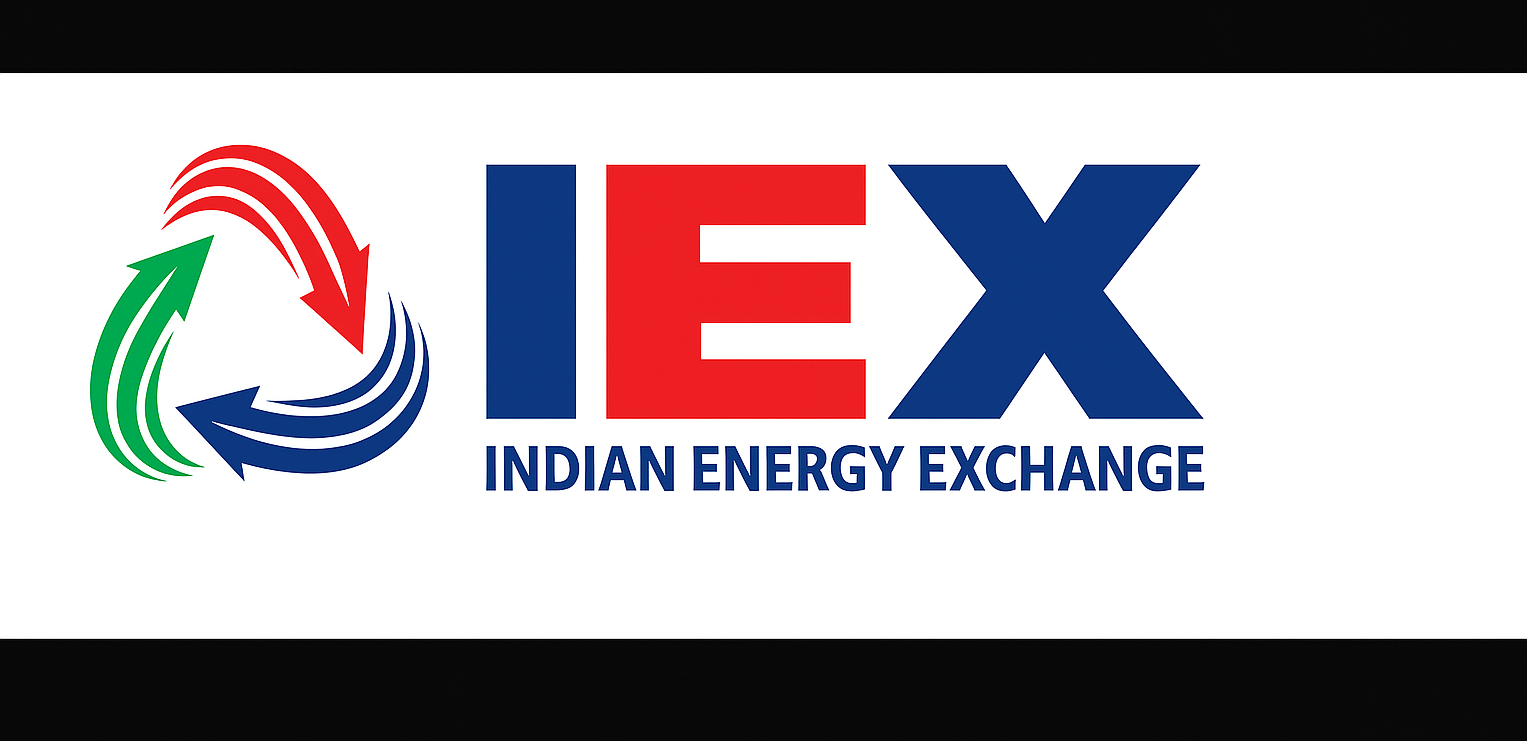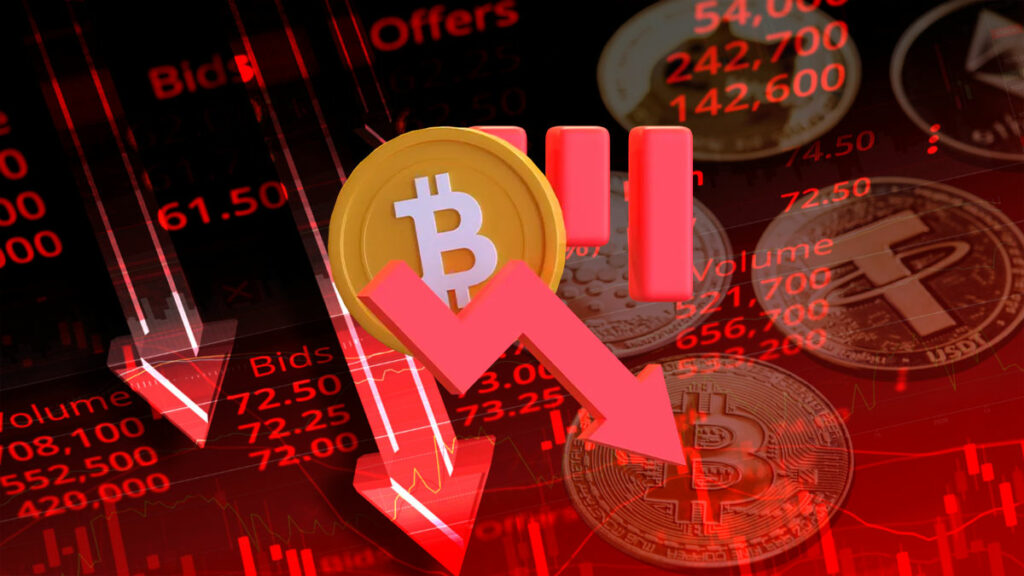The Indian electricity market witnessed a significant development this week as the Central Electricity Regulatory Commission approved the phased implementation of market coupling for power exchanges. The first step in this major reform will involve coupling the day-ahead market segment in a rotational manner starting January 2026. This move is set to unify price discovery and enhance liquidity in the power sector, but it has also triggered immediate market consequences.

Shares of Indian Energy Exchange, the leading player among the country’s three power exchanges, experienced a steep fall of nearly thirty percent on Thursday. The stock closed at one hundred thirty two rupees and forty five paise, rattled by investor concerns about IEX losing its pricing power and dominant market share. The other two exchanges, Power Exchange India Limited and Hindustan Power Exchange, are smaller players, but will now be part of a more level playing field due to the new framework.
Market coupling refers to a process where all bids and offers across exchanges are aggregated to determine a single market clearing price. This mechanism promotes fairer price discovery by pooling liquidity across platforms. Industry experts say this will bring down the volatility of electricity prices, eliminate price manipulation, and benefit end consumers by making power rates more competitive.
Under the new structure, the role of Market Coupling Operator will rotate between the exchanges and Grid-India, which has been appointed as the fourth operator for backup and auditing purposes. This approach is expected to enhance transparency and build greater confidence among participants in the power market.

The Power Exchange India Limited welcomed the decision, stating that it marks a progressive step in deepening the electricity market. PXIL believes the move will increase liquidity and bring efficiency in pricing. It also aligns with the long-term goal of a unified power market, known as the One Nation One Grid One Price vision.
Experts from the industry say this change could pave the way for broader reforms. These include initiatives like market-based economic dispatch, co-optimization of ancillary and energy markets, and the introduction of electricity derivatives that require a uniform reference price. The shift from price-based competition to transaction fee-based competition among exchanges is expected to make the sector more efficient and transparent.
Legal and consulting professionals have also weighed in on the matter. Megha Arora, Partner at CMS IndusLaw, said that coupling will increase matched bids, especially in the day-ahead market, and could result in lower clearing prices. Anujesh Dwivedi from Deloitte India added that by aligning electricity prices across platforms, coupling will allow for more optimal resource allocation and better management of transmission networks.

Currently, traders prefer exchanges with high liquidity to improve their chances of clearing bids. This often leads to an imbalance, concentrating trades on the more active platforms. The upcoming changes are expected to correct this by distributing liquidity more evenly and promoting healthy competition based on efficiency and cost.
The regulatory body has also hinted at extending coupling to other segments of the power market such as the Real-Time Market and the Term-Ahead Market, but only after evaluating the operational complexities and conducting further stakeholder consultations. A shadow pilot run is being considered for these segments to test feasibility and readiness.
The Commission has directed all power exchanges to cooperate fully by providing necessary data and facilitating the analysis needed to implement market coupling effectively. While this transition will take time, the move represents a structural reform that could transform how power is traded in India.
To stay informed about developments in India’s power and finance sectors, follow YouFinance on Instagram and Facebook for daily updates, expert insights, and easy-to-understand financial news.















